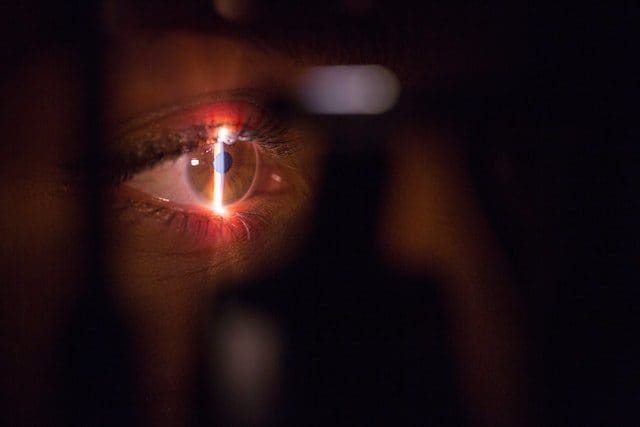With the advent of digital health, eye doctors can now focus on preventing and detecting eye diseases. Digital health is already making a significant impact in the field of ophthalmology.
By definition, digital health refers to using technology to improve patient care. This can take the form of electronic medical records, automated reminders for patients to come in for follow-up appointments, or even telemedicine services that allow patients to consult with their doctor from the comfort of their homes. The potential benefits of digital health go far beyond mere convenience. Here are top innovations that are changing eye health for the better:
Intense Pulsed Light Therapy
Intense Pulsed Light Therapy is beneficial in managing symptoms related to dry eye syndrome. In this condition, the eyes do not produce enough tears, leading to discomfort, inflammation, and even cornea scarring. A breakthrough technology like that used by OptiLight IPL involves intense pulses of light to stimulate the production of tears. This treatment is non-invasive, painless, and requires no downtime.
Femtosecond Laser-Assisted Cataract Surgery
Cataract surgery is one of the most common procedures performed today, and femtosecond laser-assisted cataract surgery (FLACS) is the latest and most advanced type of cataract surgery available. In traditional cataract surgery, manual instruments break up and remove the clouded lens. With FLACS, a femtosecond laser makes incisions and softens the lens before it is removed. This results in a much simpler, quicker, and safer surgery with a shorter recovery time.
Retinal Cameras
Retinal cameras take high-resolution pictures of the retina, the innermost layer of the eye. These images can detect early signs of disease, such as diabetic retinopathy, macular degeneration, and glaucoma. Retinal cameras can also be used to track these diseases’ progression and determine the best course of treatment.
Artificial Intelligence in Ophthalmology
Artificial intelligence (AI) is increasingly used in ophthalmology to help doctors make better diagnoses and treatment decisions. For example, AI can analyze eye images, such as those taken with a retinal camera, and look for patterns that may indicate disease. AI can also be used to create personalized treatment plans for each patient based on their individual risk factors.
3D-Printed Customized Eyeglasses
3D-printed eyeglasses are a rapidly growing trend in the optometry industry. Unlike traditional glasses, which are mass-produced and often ill-fitting, 3D-printed eyeglasses are made to order using an individual’s precise facial measurements and prescription. This results in a pair of glasses that is more comfortable to wear and provides clearer vision. In addition, 3D-printed eyeglasses are more durable than traditional glasses, as they are less likely to succumb to the wear and tear of daily use. As the technology continues to improve, it is expected that 3D-printed eyeglasses will become the standard for prescription eyewear.
Final thoughts
Digital health is changing the way we live, work, and play. But it’s also changing the way we take care of our health. These are just a few examples of how digital health is making a difference in the field of ophthalmology. As this technology continues to evolve, we can expect even more impressive innovations to improve our eye health and quality of life.
About the Author/s
The New Jersey Digest is a new jersey magazine that has chronicled daily life in the Garden State for over 10 years.
